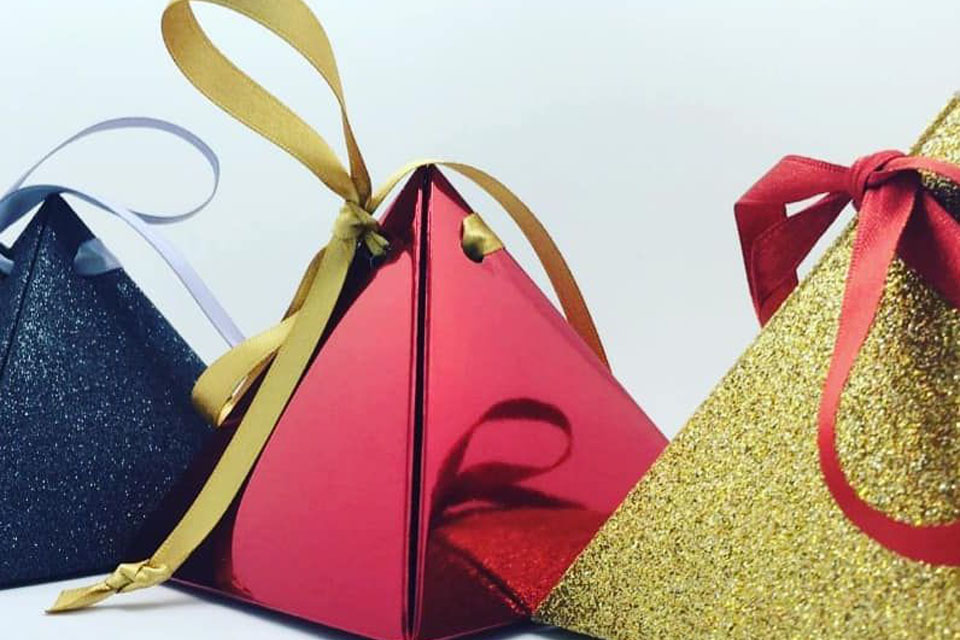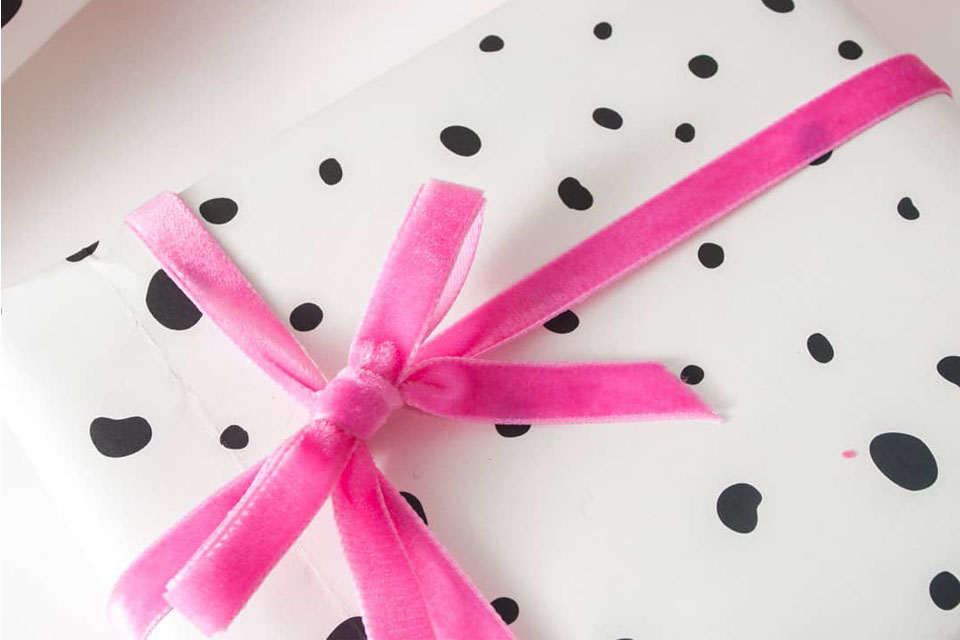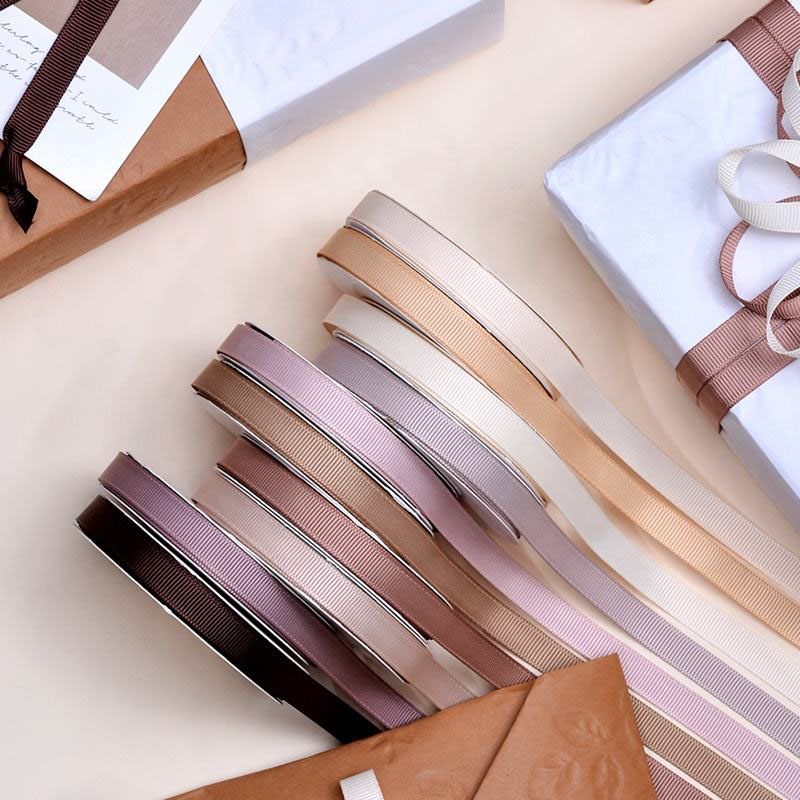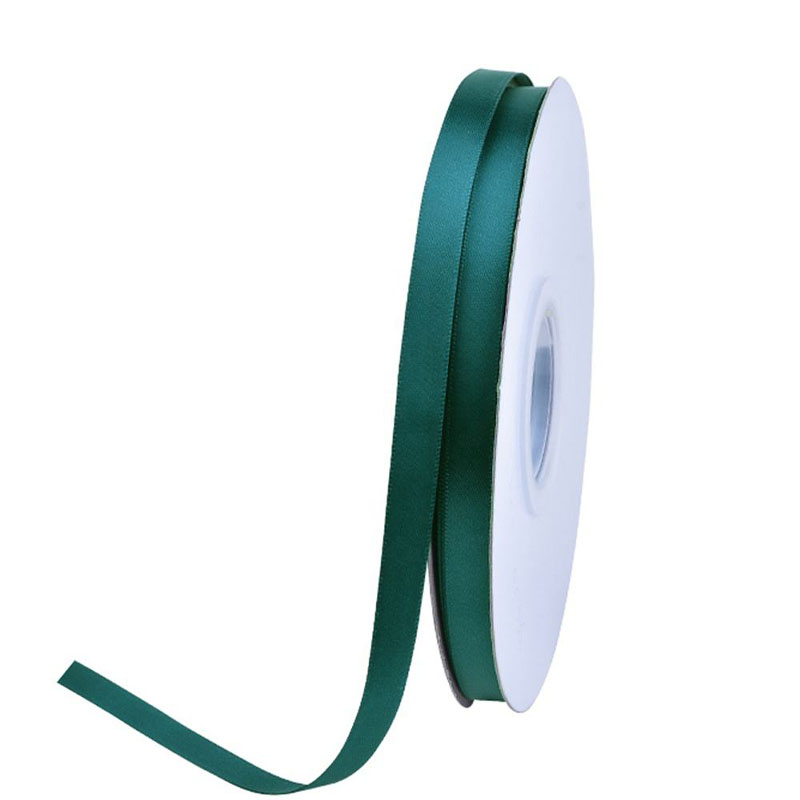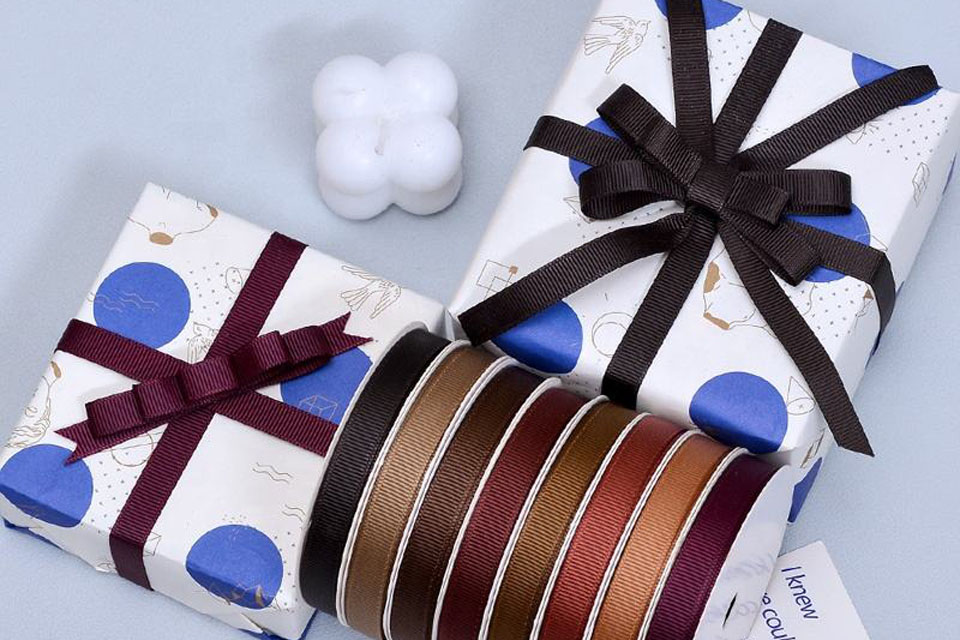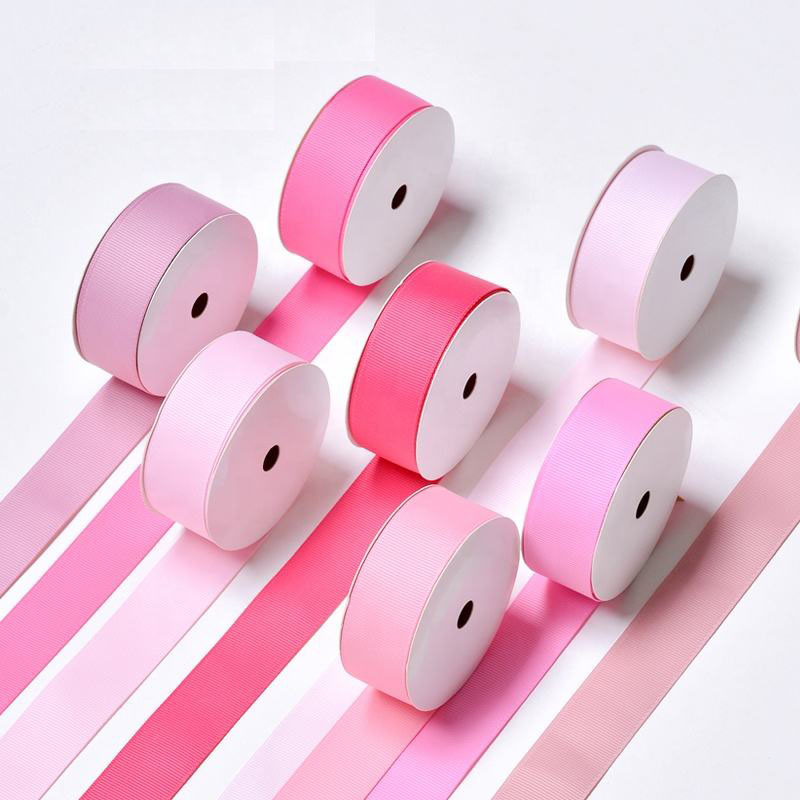
Learn the latest trends and knowledge from the leading manufacturer in China about ribbon business.
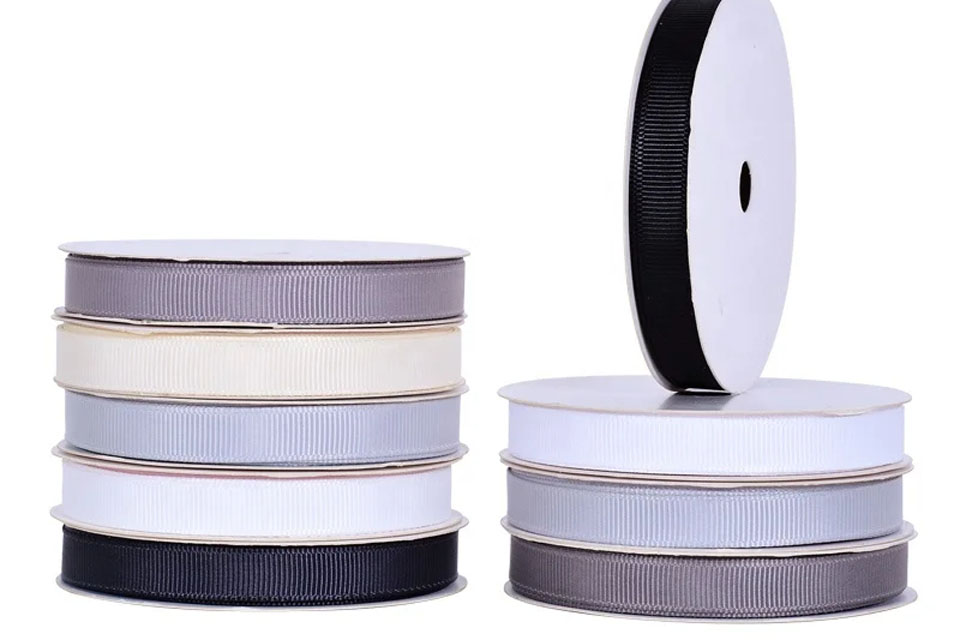
Mastering (Ribbon) Manufacturing: Perfecting the Curl and Craftsmanship
Ribbons are more than just decorative elements; they are essential components that enhance the aesthetic appeal and functionality of various products.
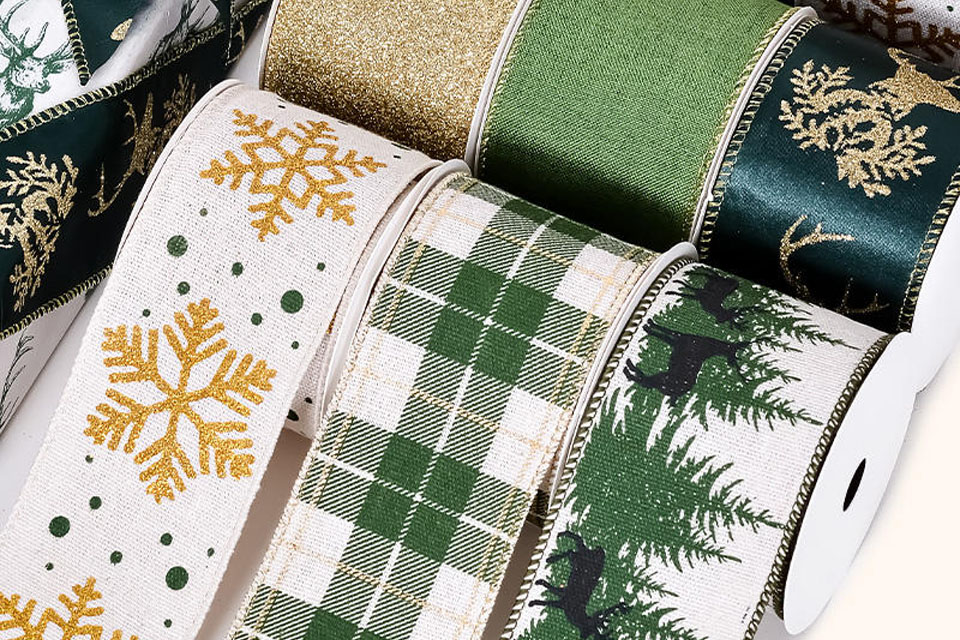
DIY Guide: Make a Beautiful Bow with Wired Ribbon
Learn how to make a bow using wired ribbon with our easy, step-by-step tutorial.
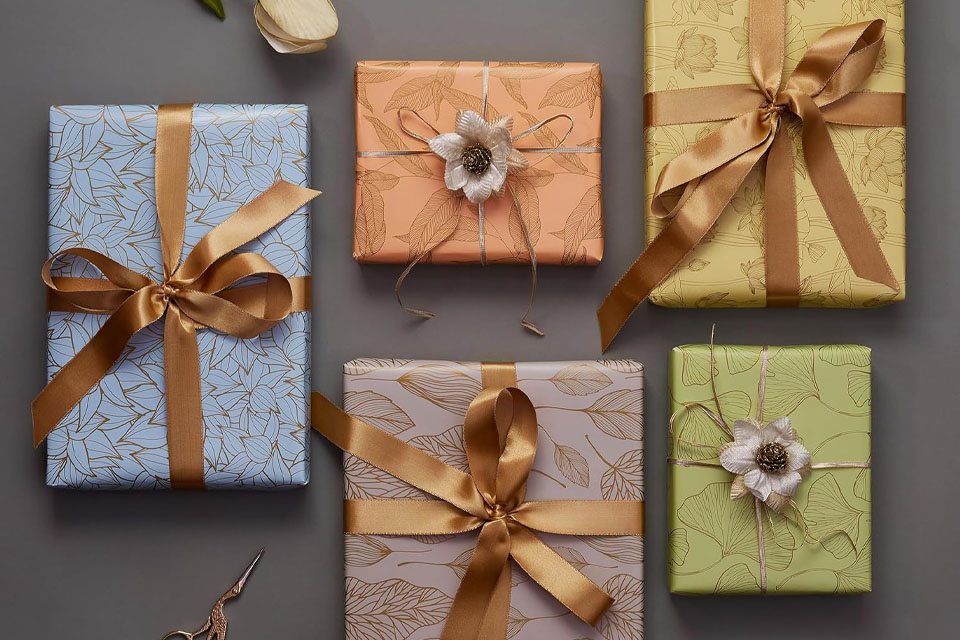
An Advanced Guide to Crafting Your Own Ribbon Roses
Creating beautiful ribbon roses can be both a rewarding and relaxing experience.

